'Unbelievable' facts about the Uranus star
Uranus can hold 63 Earth within it, the summer here lasts for 42 years, Uranus only has 2 seasons . these are incredible facts, few people know about Uranus .
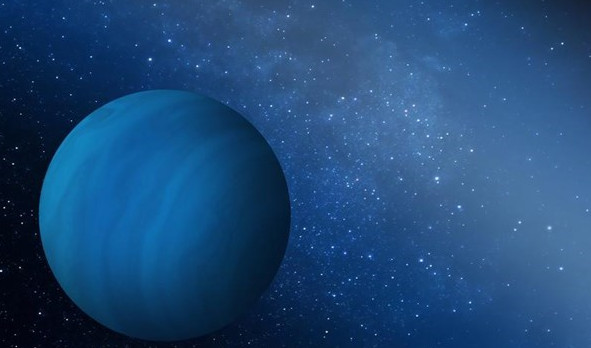
The Heavenly Star (Uranus) was originally called the Star of George, in honor of King George III of England.
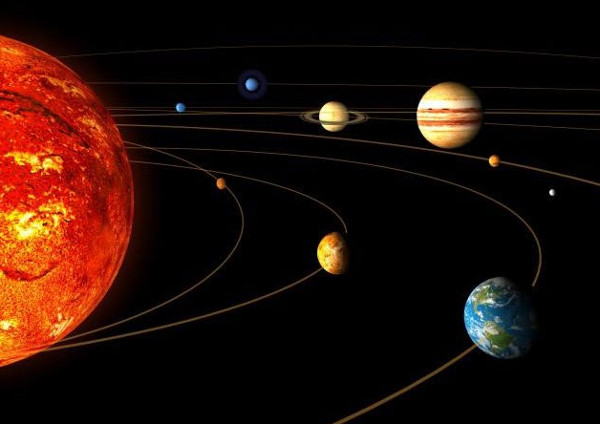
Summer in Heavenly Star lasts 42 years.
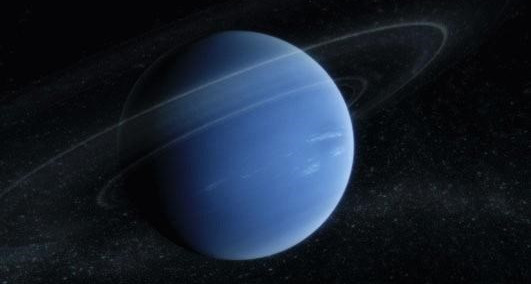
Uranus is an atmospheric planet that is coldest in the solar system with a minimum temperature of -224 ° C.
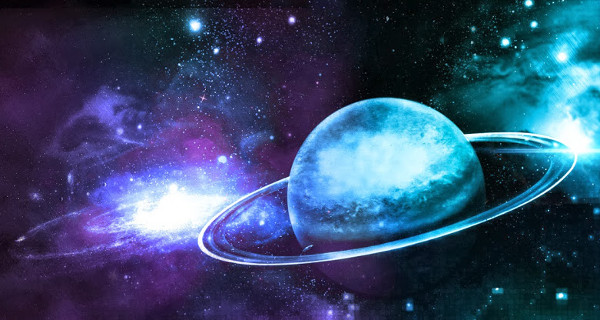
The size of Uranus can contain 63 Earths within it.
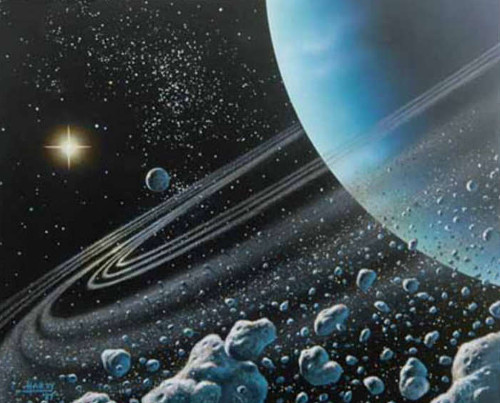
Jupiter has 67 moons, Saturn has 62 moons, Uranus stars have 27 moons, Neptune stars have 14 moons, Mars has 2 moons and our Earth has only one Moon.
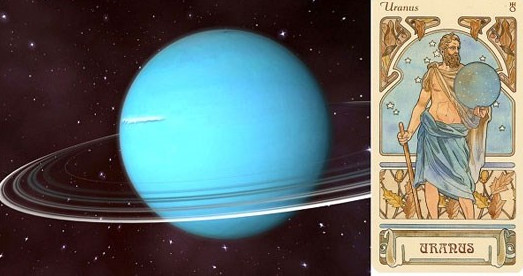
In Heavenly stars only two seasons: summer and winter.
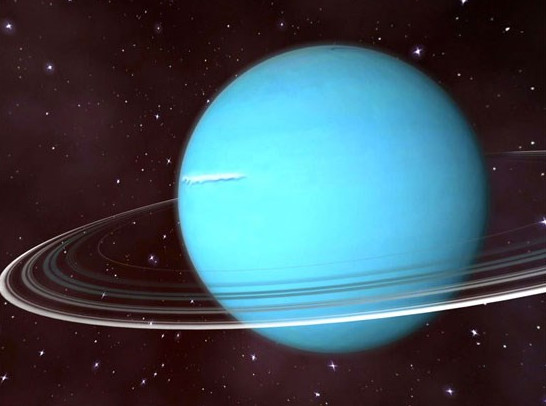
The 27 moons of Uranus are named after characters in the works of Shakespeare and Alexander Pope.
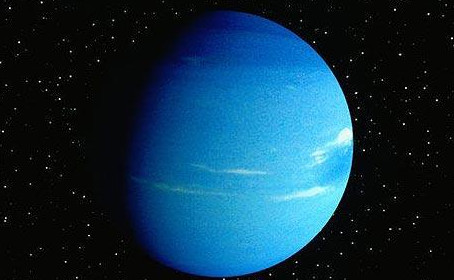
The wind speed on celestial star can reach 900km / h.

Gravity on the surface of Venus, Saturn, Uranus and Neptune is similar to Earth's.

The first Neptune was discovered by mathematical methods before it was directly observed through a telescope, based on the orbit of Uranus.

Unlike other planets, Uranus rotates while lying horizontally on orbit around the Sun.

One of the satellites naturally turns around Uranus named Cupid.
- Uranus - The most exotic planet in the Solar System
- Discovered 'copy' of Uranus
- The first image of Uranus
- Overview of Uranus
- The culprit caused Uranus to tilt to one side
- Discover the green belt around the Uranus
- Special points of Uranus
- Astronomers claim that Uranus smells like ... fart
- Announcing shocking information about celestial star temperature
- Hitler acid can exist on Uranus and Neptune
- Two Uranus moons can crash into each other
- Unbelievable facts about the Earth
 Van Allen's belt and evidence that the Apollo 11 mission to the Moon was myth
Van Allen's belt and evidence that the Apollo 11 mission to the Moon was myth The levels of civilization in the universe (Kardashev scale)
The levels of civilization in the universe (Kardashev scale) Today Mars, the sun and the Earth are aligned
Today Mars, the sun and the Earth are aligned The Amazon owner announced a secret plan to build a space base for thousands of people
The Amazon owner announced a secret plan to build a space base for thousands of people